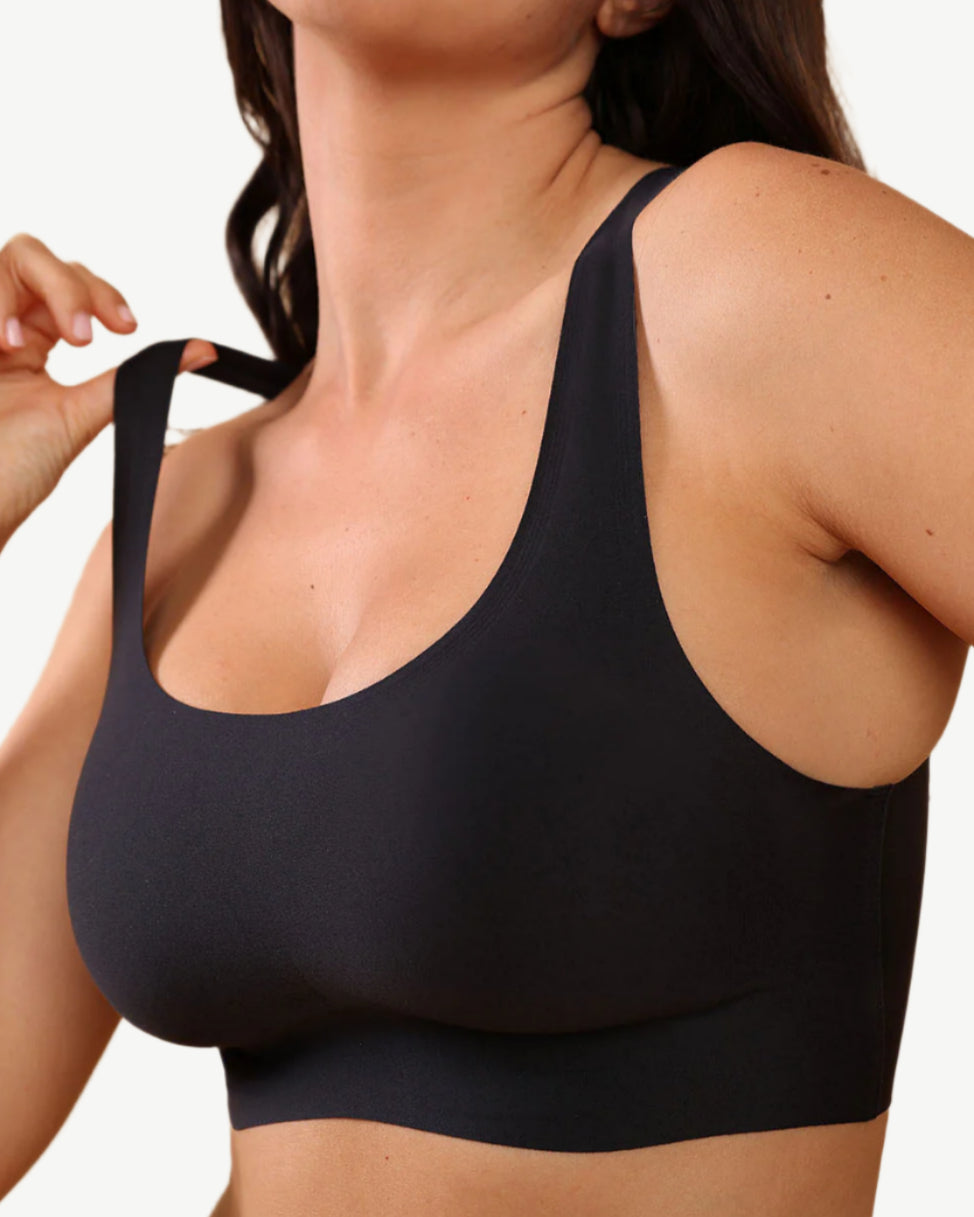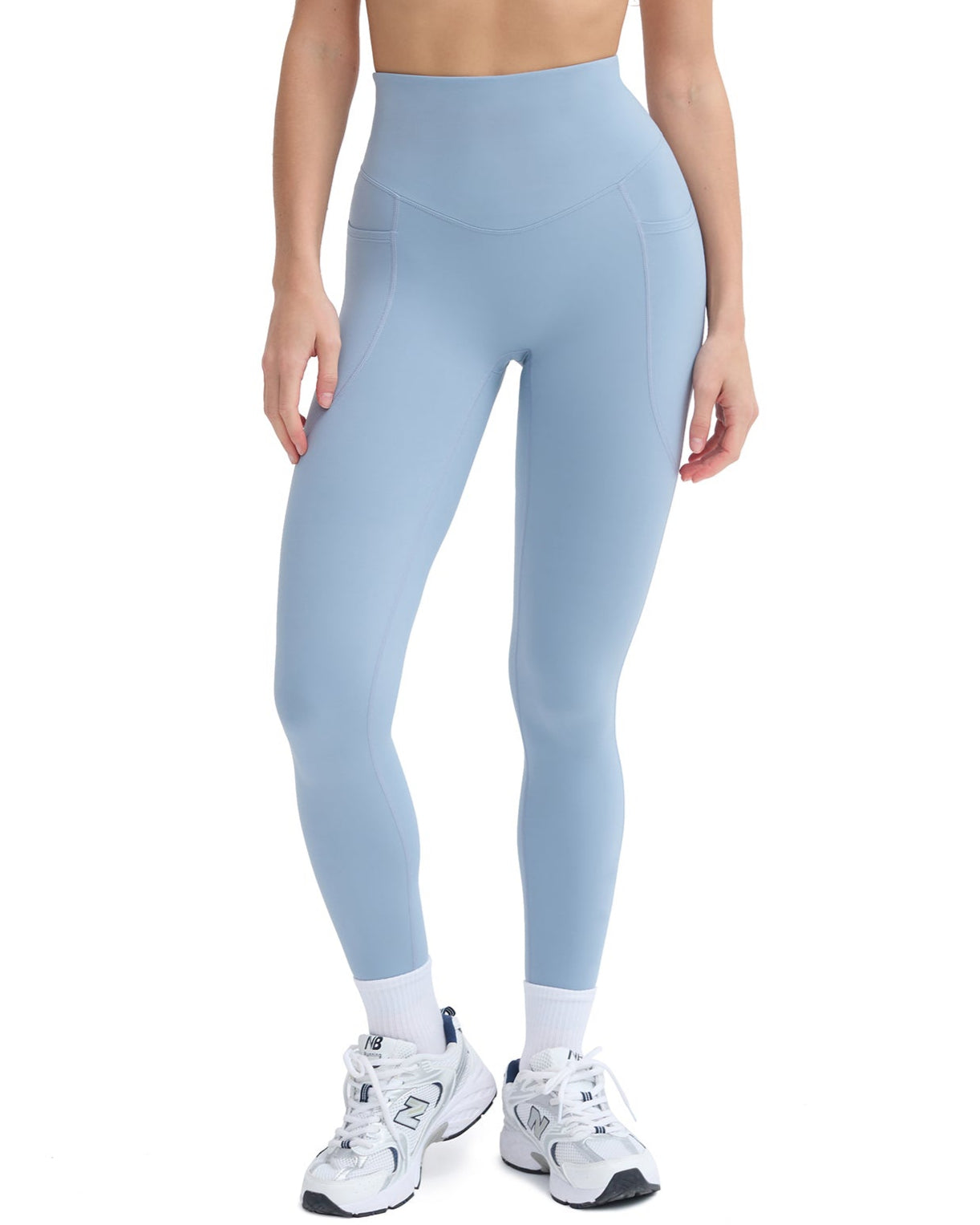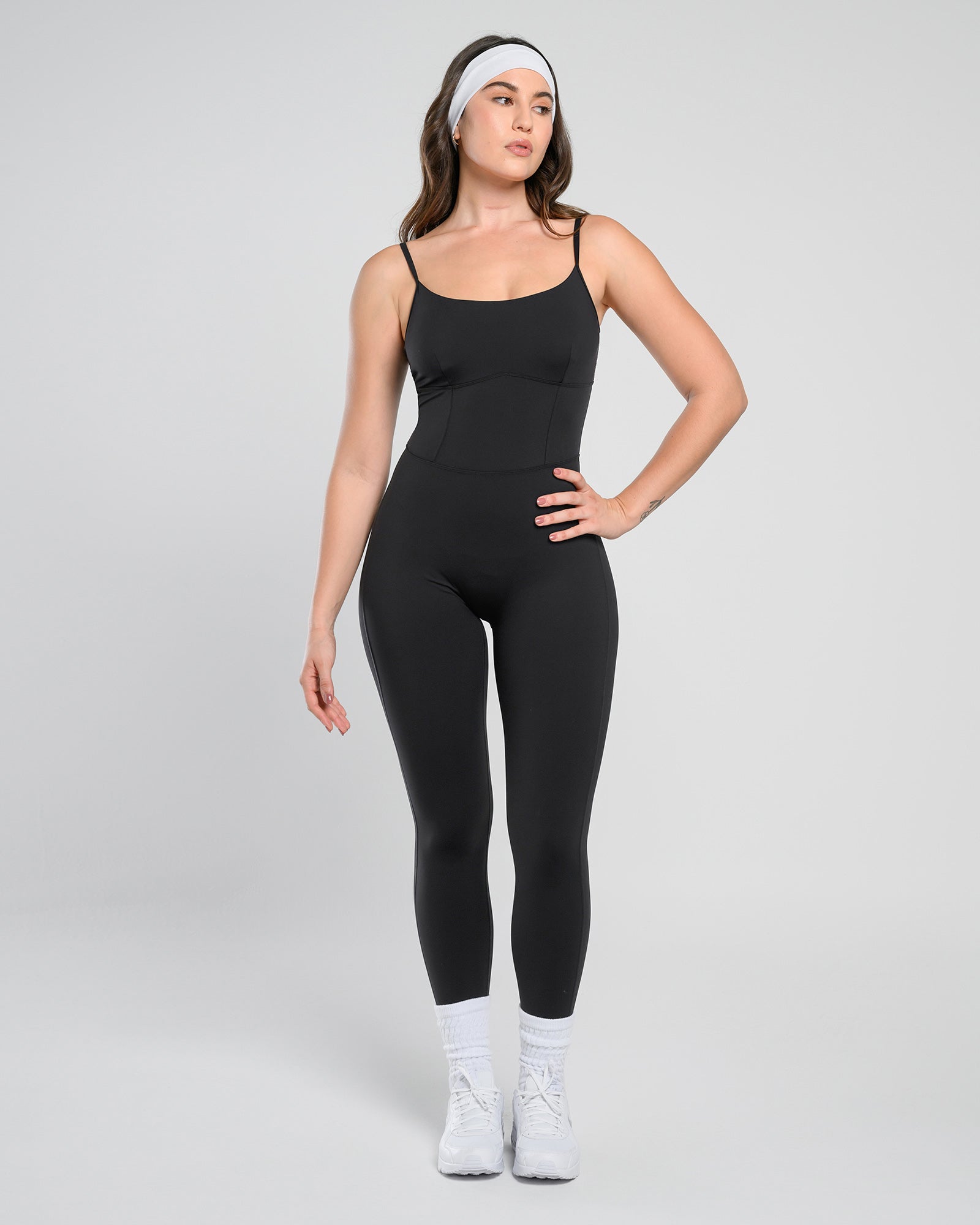Warming up before exercising is crucial for health. Whether you favor yoga, Pilates, or intense gym workouts, a good warm-up is essential. Some individuals skip warming up to save time, underestimating its relevance. But missing this crucial step might cause workout mishaps.
Consider your muscle's rubber bands—they operate best when maintained and stretched. Cold, stiff muscles cannot expand or move effectively, like rubber bands. Warming up properly prepares your body for workout intensity. This therapy enhances your training, improves mobility, and prevents injuries.
A sedentary job that demands long periods of sitting may impair muscular stretching. Warming up may help your muscles and connective tissues restore flexibility. Warming up increases muscular blood flow, enabling movement. A solid warm-up prepares your body for a workout, preventing tight muscles and stiff joints.
No matter what you do or how busy you are, you should not skip the warm-up or cool-down. Those who focus on the core may find these steps unnecessary and time-consuming. But this reasoning is wrong. Ignoring the need of warming up and cool down during exercise may harm your health.
How Does One Properly Warm Up?
During a warm-up, you should progressively increase the intensity of your exercises, raise your body temperature, and increase your heart rate. Here, "gradual" is crucial. A well-executed warm-up will guarantee that your joints move through their complete range of motion and will gradually increase your heart rate. It's also critical to customize your warm-up to target the particular muscles you'll be working on throughout your exercise.
You may lower the chance of injury and increase the efficiency of your workout by setting aside ten to twenty minutes before your activity to warm up and prepare your body.
Find Easy And Quick Workouts You Can Perform At Home
Try these simple and efficient routines to get the most out of your at-home fitness regimen. These workouts are ideal for busy, contemporary ladies who want to maintain their fitness on their terms. They are designed to push your body without being too complicated. These exercises are designed to make it easy for you to reach your fitness objectives, whether to strengthen your core, increase flexibility, or tone your lower body. To prepare your body for your workout session, try these practical warm-up exercises:
Lower Body Workout

Combine glute bridges, squats, lateral lunges, and single-leg deadlifts to tone your lower body in under 20 minutes: several times a week, complete three sets of ten to twelve repetitions. Make sure you're using the correct form by keeping your weight in your heels, keeping your stance wide, and using your core. Squeeze your glutes at the top, elevate your hips without arching your back, and descend with control to master the glute bridge.
Running On The Spot
For one minute, run in place while pumping your arms and making sure your knees are at hip height. Keep moving at a rate that is comfortable for you.
Shoulder Workout

Use the plank to do a downward dog and incline pushups to strengthen your shoulders. For beginners, incline pushups are a great way to improve strength and technique since they can be done with your hands raised. Aim for 10–12 repetitions per round. Change from a high plank to a downward dog stance, producing an inverted V with your arms and legs straight. To properly work the muscles in your shoulders, repeat ten to twelve repetitions.
Arm Circles

While keeping your shoulders down, stand with your feet shoulder-width apart. Raise your arms to your shoulders and make 20 little circles, 20 small in the forward direction and 20 small in the reverse direction.
Rope Jumping

Try your best to jump rope for a few minutes straight if you can; try to stay for five minutes or so.
Stork Fly
This is a dynamic warm-up activity rather than really flying like a stork. Take these actions:
With your feet together, extend your arms to the sides to shoulder height, palms facing up. Maintaining your hips level, raise your left knee until it is almost parallel to the floor. Wait ten to fifteen seconds.
Bend forward at the waist, stretch your left leg backward, and lift your arms above until your body, left leg, and arms are parallel to the floor while maintaining your elevated left knee. After holding for ten to fifteen seconds, carefully go back to step one's starting position. Change legs and carry out the action again.
By comprehending the rationale behind warming up and implementing these exercises into your regimen, you'll maximize your workout efficiency and reduce the chance of injury.
Core-Focused Pilates Workout
Accept the all-encompassing advantages of Pilates, a body-conditioning workout that improves stability, flexibility, and muscular tone. Pilates exercises focusing on strengthening the core, including the Pilates 100 and toe taps, are challenging and precise. To do toe taps, raise your legs while on your back, then tap one foot at a time while using your core. Elevate your upper body and the angle of your legs to 45 degrees for the Pilates 100, and pulse your arms up and down for 100 deliberate breaths while maintaining core engagement. It's easier than ever to reach your fitness objectives with these customized at-home routines."
There exists a notable lack of awareness regarding the importance of warm-up exercises. Recent incidents of fatal heart attacks among seemingly healthy individuals with regular gym routines have sparked discussions about gym habits. One crucial factor contributing to these tragedies is the absence of a proper warm-up before workouts. Let's delve into why warm-up routines are indispensable for gym-goers.
Preparation For The Workout
Warm-up routines prepare the body for the demands of intense exercise. Fitness expert Munmun Ganeriwal emphasizes the significance, stating that warm-ups enable a gradual transition from a resting state to the higher needs of a workout. This gradual increase in heart rate, breathing rate, and core body temperature readies the body for physical activity.

Improved Joint Movement
A 15-minute warm-up session prepares joints for upcoming intense activities. Abruptly subjecting the body to heavy workouts can elevate the risk of injuries to bones and joints.
Enhanced Muscle Elasticity
Gradual warm-up raises body temperature, enhancing muscle elasticity and readiness for exercise. Increased body temperature boosts oxygen delivery to muscles, enhancing the body's ability to engage in high-impact activities.
Performance Enhancement
Warm-ups energize the body and facilitate a wider range of motion, improving muscle flexibility and enabling better performance in high-impact exercises.
Injury Risk Reduction
Proper warm-up gradually builds the body's strength, reducing the risk of injuries associated with sudden, intense activity. Warm-up routines minimize the chances of harm to sensitive areas like joints.
Effective Warm-up Techniques
Consult your trainer for personalized warm-up routines tailored to your needs. Common warm-up exercises include fast-paced walking, stair climbing, jogging, arm swings, lunges, and squats.









